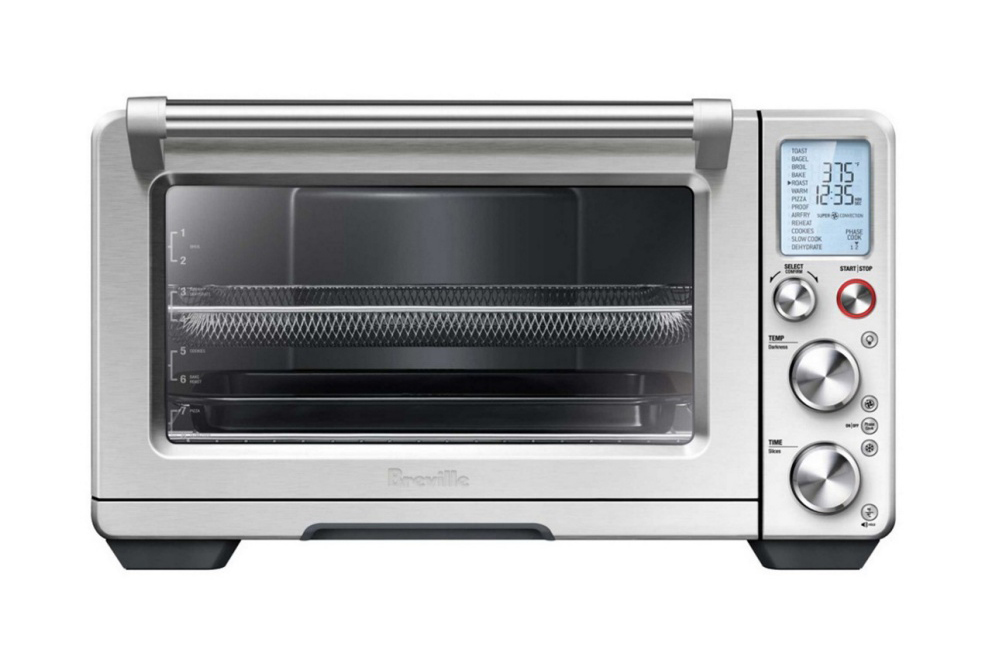Nintendo Switch 2: A Comprehensive Overview
The Nintendo Switch 2 is an upgraded version of the original Switch, boasting improved hardware specifications and a larger size. With a price tag of $450, this handheld console is set to launch on June 5. The key takeaway is that the Switch 2 is capable of playing today’s games, and as long as it can deliver 4K resolution when docked and provide unique games with stunning visuals, it has achieved its goal.
A report by Eurogamer, in collaboration with Digital Foundry’s latest video, has confirmed the previously leaked specifications of the Switch 2’s processor and other hardware components. The original Switch was powered by a custom Nvidia chip based on the Tegra X1, featuring four ARM Cortex A57 cores. In contrast, the Switch 2’s system on a chip (SoC) is more powerful, even compared to its 2017 counterpart.
According to Digital Foundry’s Richard Leadbetter, who obtained information from shipping manifests and other leaks, the Switch 2’s CPU is the Nvidia T239 with ARM Cortex A78C cores. The console features eight cores, with a theoretical maximum clock speed of 1.7GHz. However, the actual clock speeds in docked and mobile modes are significantly lower. Two of the CPU cores are reserved for system software, while developers have access to the remaining six. The GPU has been upgraded to Ampere architecture, featuring 1,536 CUDA cores, which is six times the number of CUDA cores in the original Switch.
The Switch 2 has 12GB of RAM, with 3GB allocated to the system itself. This, combined with the CPU, suggests that Nintendo is dedicating significant processing power to the system. However, this makes sense considering the console’s under-the-hood software, including the GameChat feature, which allows up to four players to engage in voice chat online using the console’s built-in speaker. A separate camera accessory enables video chats, although the frame rate and visual quality may be compromised.
Digital Foundry claims that GameChat has a significant impact on system resources, and Nintendo provides developers with a GameChat testing tool. These specifications imply that Nintendo intends for the Switch 2 to have a long lifespan, potentially matching the original Switch’s eight-year run. The console’s support for Nvidia’s DLSS upscaling technology and DLAA anti-aliasing software will enable games like Cyberpunk 2077 to run at 60 fps in 1080p resolution.
The Switch 2 is not designed to compete with Xbox or PlayStation 5 consoles in terms of graphical fidelity. Instead, Nintendo has recognized that prioritizing realistic graphics can lead to more expensive hardware and longer, more costly game development. The Switch 2 may be capable of handling some ray tracing scenarios, but it will be up to developers to utilize this technology within the bounds of Nintendo’s hardware.
Hogwarts Legacy Switch 1 vs Switch 2 pic.twitter.com/vcWRNSVWk0
— Switch 2 Stock Alerts (fan account) (@Switch2Stock) May 14, 2025
We have seen some games running on the Switch 2, and it has already proven itself capable of handling today’s games, such as Hogwarts Legacy, which previously struggled on the original Switch. While there may be minor graphical differences, most players will likely struggle to distinguish between the Switch 2 and a PS5 Pro, as long as the frame rate remains stable. The first Switch demonstrated that developers can create complex games on older hardware with effort, and now they can achieve this with less effort, focusing on a strong visual style rather than ultra-realistic lighting and HD textures.





